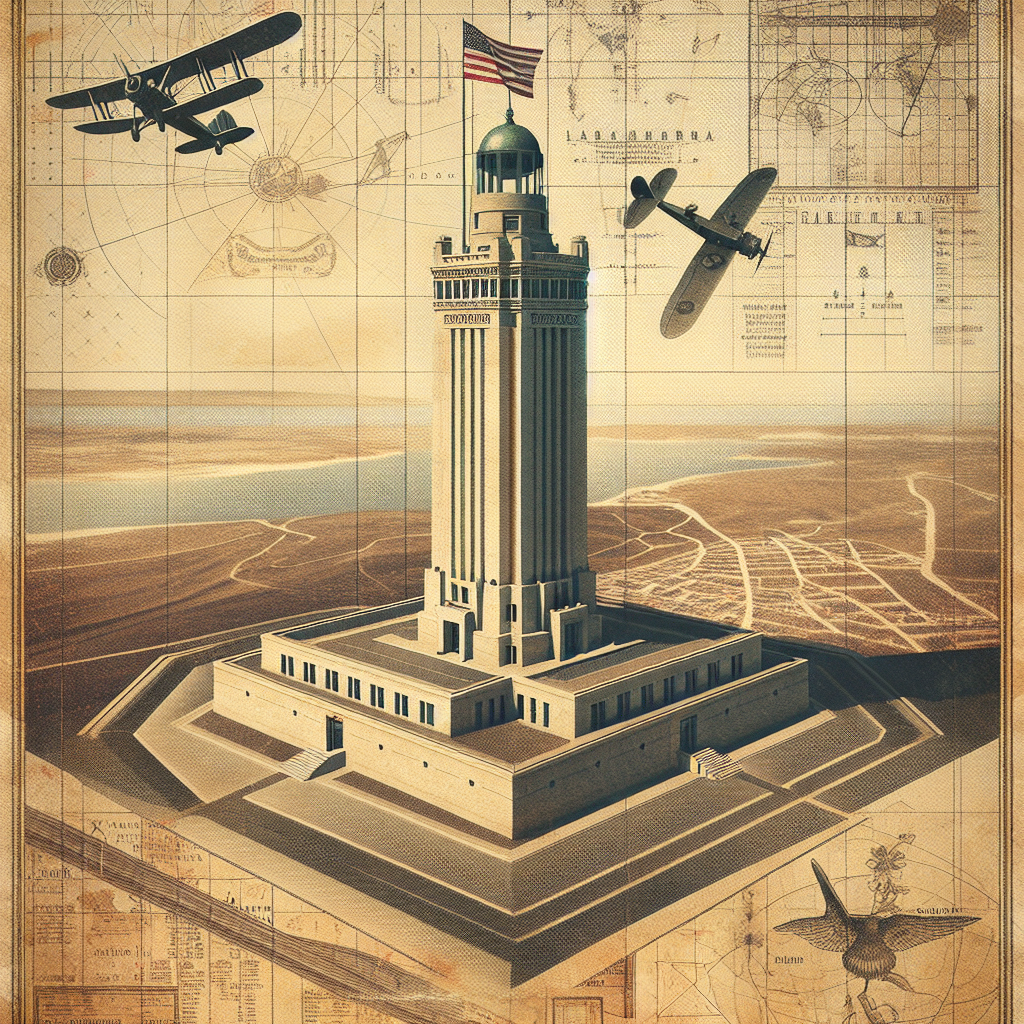Ever thought about what it was like to have vigilant eyes constantly scanning the skies during wartime? That’s what the Aircraft Warning Service (AWS) Observation Towers did during World War II. These silent sentinels were manned by volunteers, dedicated to detecting enemy aircraft approaching the United States. The service kicked into gear after the attack on Pearl Harbor on December 7, 1941, and these towers sprang up across various parts of the US—particularly along the coasts—to prevent any surprise airborne attacks.
The AWS was paramount during an era when radar technology was still in its infancy. In low-tech times, America tasked civilians with an essential role—watching the sky round-the-clock. Roll-call for watchers cast a wide net, gathering people from every walk of life, from shopkeepers to students. The towers themselves, although initially temporary structures, seeped into the landscape, constructed from wood or metal with a small lookout post on top.
The traditional sight we now associate with wartime—a stiff-upper-lip uniformed soldier—isn’t what these towers represented. These observers, often families working together, maintained the nation’s sense of security. Their participation reflected a democratic fortitude that relied more on community vigilance than on divisive fear-mongering. Each local post operated as part of an interwoven network, showcasing grassroots organization at its finest, keeping communication open among communities and with military centers.
Some critics argue about the efficiency of these manually operated posts. In the age of Artificial Intelligence, it might seem laughably primitive to imagine people straining their eyes and ears 24/7. But, they were an essential cog in a much larger defense mechanism. Despite technological advances, human touch added reassurance. Many argue that the emotional investment of thousands watching the sky harmonized the nation's collective consciousness to the war efforts.
The AWS hit its peak between 1942 and 1943, aligning with the zenith of wartime tensions. Lookouts communicated via landline telephones to filter centers, sometimes requiring creative solutions to maintain operations, like overcoming patchy rural phone lines. It became a living history lesson as parents taught children about geography while scanning the horizons, strengthening familial bonds in ways modern equivalents like sophisticated radar systems never could.
Cultural exchanges often occurred within these posts, highlighting America’s great social tapestry. People from different backgrounds sat and stood side by side, learning from one another as they maintained their coastal watches. The camaraderie cultivated through shared experience left a significant legacy, promoting a sense of unity and mutual respect during uncertain times.
Yet, as with all human endeavors, these towers also stood as an emblem of the era’s prejudice. Segregation was an unfortunate reality; African American, Asian, and other minority groups typically participated in separate observation units. Although there were exceptions, the fight for equality within these roles reflected broader societal struggles. These towers were a microcosm of contemporary America, where idealism met reality.
Were these towers effective beyond their tangible contributions? The answer is subjective, its essence woven through the tangible and intangible shifts in society. As physical watchpoints fell away around August 1944, coinciding with the improved air force capabilities and the successes in the European theater, the imprint on popular consciousness dispersed. However, the spirit of these watchful towers persists in collective memory.
For Gen Z readers, these towers serve as a stark reminder that vigilance in varied forms continues being a part of modern challenges. Whether it's looking outward to atmospheric threats or inward to social inequities, lessons from these observation posts still resonate. They remind us that community participation and commitment to a shared goal can be powerful tools.
The Aircraft Warning Service Observation Towers weren’t merely structures—they encapsulated the hopes, fears, and teamwork of a divided yet striving nation. While the towers themselves might have disappeared, the essence of what they stood for—collective community action, responsibility, and resilience across all walks of life—remains indelibly etched in history.

